12 Companion Plants for Beans (With Pictures)
-

- Last updated:
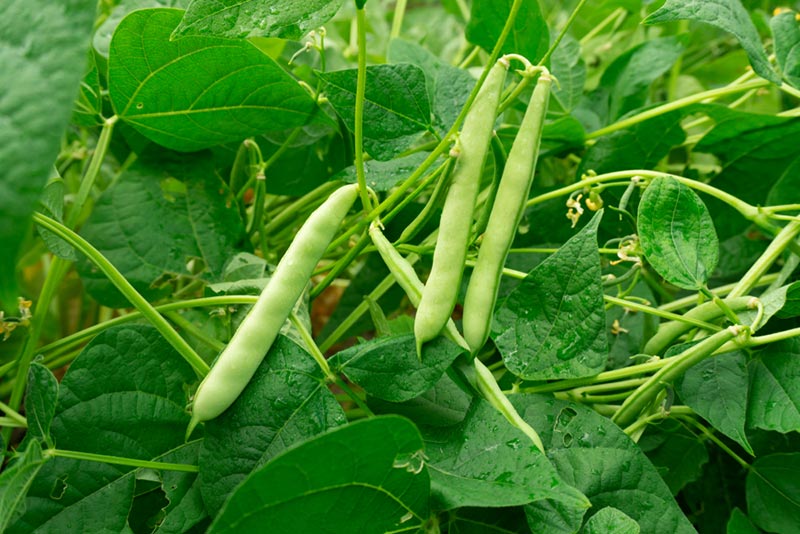
Beans are an integral part of American cuisine. We eat around seven pounds of beans a year, with approximately 15% of the nation having it for breakfast or dinner every day. Beans are very easy to grow. As long as you plant them in well-drained soil and ensure exposure to the sun, they will flourish even in the most challenging environments. With that said, they can benefit from companion planting.
If you choose the right plants for your beans, you’ll be rewarded with bigger, stronger, and tastier crops. Wait, does that mean you can “marry” these legumes to any plant you want? Not quite! The following list includes the best companion veggies/flowers/herbs to grow next to beans. Take a look!

What Is Companion Planting? The Definition
Some plants can attract beneficial bugs—wasps, ladybugs, and spiders that eat pests—and pollinators. Others serve as a repellent against aphids, beetles, and other pests that will otherwise ravage your crops and leaves in a heartbeat. And then we’ve got plants that grow tall (or have a low-spreading nature) and do a great job of shading the seeds and crops from the sun.
So, when you cultivate plants that help each other prosper instead of fighting for the “pedestal”, that’s called companion planting. To add to that, certain companion plants add nutrients to the soil to help your seeds/crops thrive. Lucky for us, this gardening technique has been around for thousands of years. That means we don’t have to go through any trials and errors—our ancestors have done all the work for us!
- Protect the crops from destructive bugs
- Attract pollinators and pest feeders
- Help with the growth of weak plants
- Make the soil richer in elements/nutrients
- Shade the crops from the scorching sun
- Serve as natural trellises for vines
- Improve the taste of certain plants

The Top 12 Companion Plants for Beans
Vegetables
Let’s start our list of perfect companions for beans with the most beneficial vegetables. The following plants have proven to stimulate growth, provide protection, and even improve the taste of various legume species. For this to work, all you’ll have to do is plant them next to each other. So, which veggies should you pick, exactly? Let’s spill the beans!
1. Squash
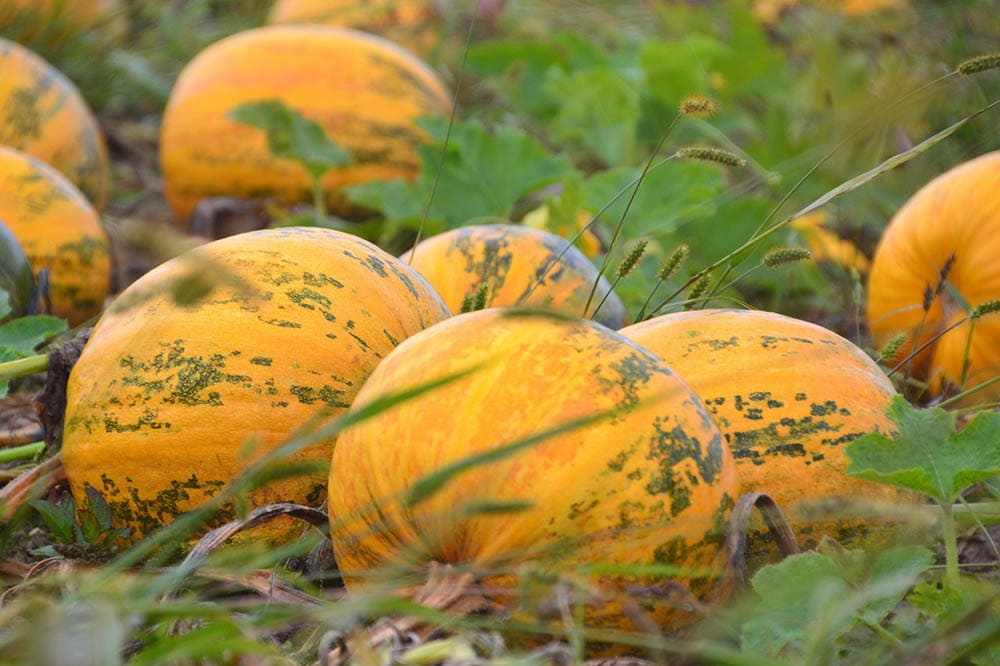
The indigenous population of the Americas has been planting beans with squash and corn for ages, calling them the “Three Sisters”. So, why squash, exactly? What’s the big benefit here? When squash grows, its leaves get rather big and cover the slow-growing bean crops, providing shade against the sun. More than that, the leaves keep weeds at bay, allowing beans to “poke through”.
As for bean crops, they are a great source of nitrogen and keep supplying the soil with it as they grow, feeding the squash with the perfect mix of chemical elements. Without proper levels of nitrogen, squash crops tend to wither, while the leaves turn yellow. That makes the squash + beans combo a wonderful example of companion plants complimenting each other!
2. Corn
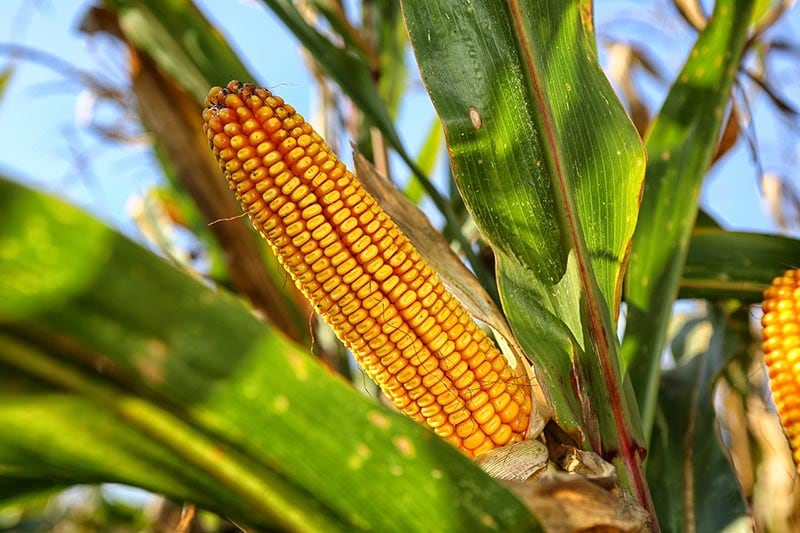
Don’t have squash seeds around but still want to follow in the footsteps of Native Americans? Then let’s try and grow beans with corn instead. It’s no secret that corn crops take very little time to grow. Give them a couple of months, and they’ll reach 4–6 feet in height. That makes it the perfect natural trellis for beans—a vining species.
And don’t worry: corn won’t steal precious elements, minerals, or water reserves from bean crops. If you water and fertilize the garden frequently, both plants will have more than enough to thrive. That’s because their roots penetrate different layers of the soil (true for both pole and bush beans).
3. Peas
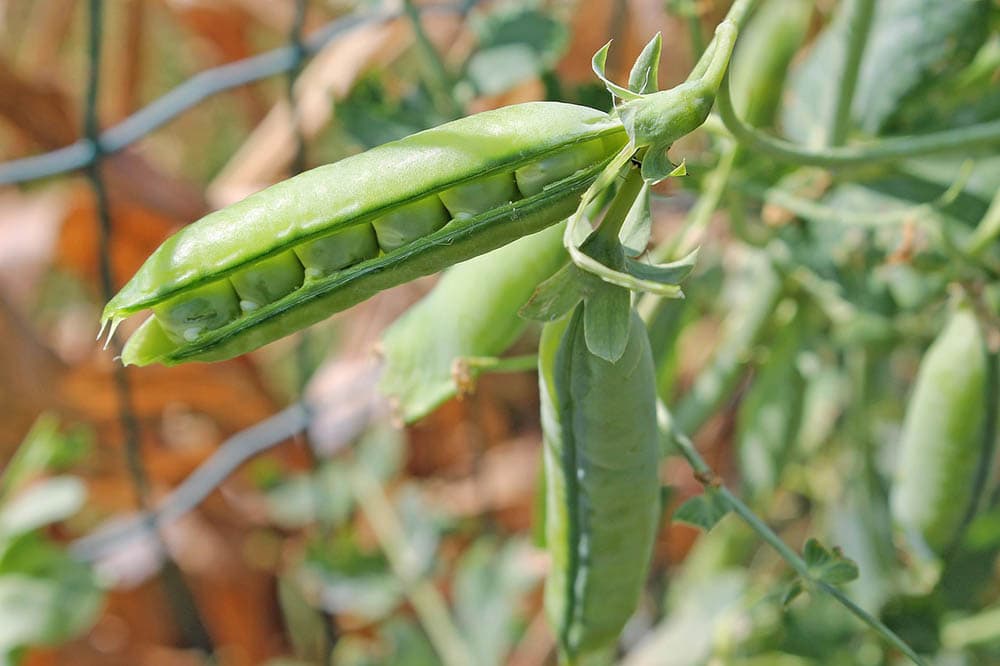
You might think that since both beans and peas are legumes, they will deplete the soil instead of working as companion plants. For the most part, that assumption is correct. However, if you plant the peas 1–2 months earlier, and grow the beans on the opposite side of a lattice, that can work. Beans grow faster and will be able to shade the pea crops which are more vulnerable to scorching sunlight.
We’re talking about pole beans here, of course. If you’re going with bush beans instead, using a trellis won’t be necessary.
4. Cucumbers

It’s a very common practice to plant cucumbers next to beans to stimulate growth. As mentioned, beans are a great source of natural nitrogen and cucumbers need it to flourish. And the cukes will safeguard bean crops from a long list of pests and help them grow faster. Cucumbers and beans have a very strong symbiotic relationship.
5. Eggplants and Radishes
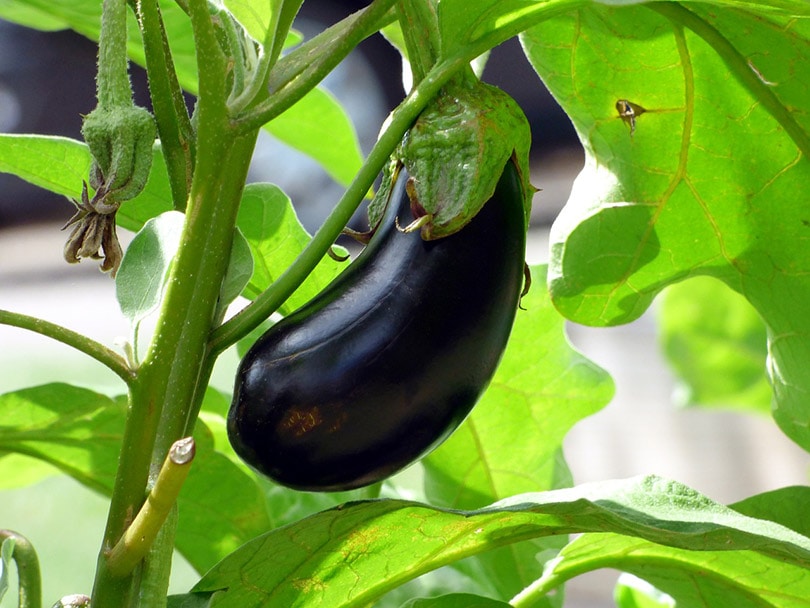
If you already have enough cucumbers in the garden and want to try something new, radishes and eggplants will make great friends with beans. Their benefits are almost identical to those of cucumbers. You won’t have to do any careful planning or create a large gap between these plants, because there won’t be any interference. Instead, the big plants will feed on nitrogen, while the beans will get much-appreciated protection.
6. Potatoes
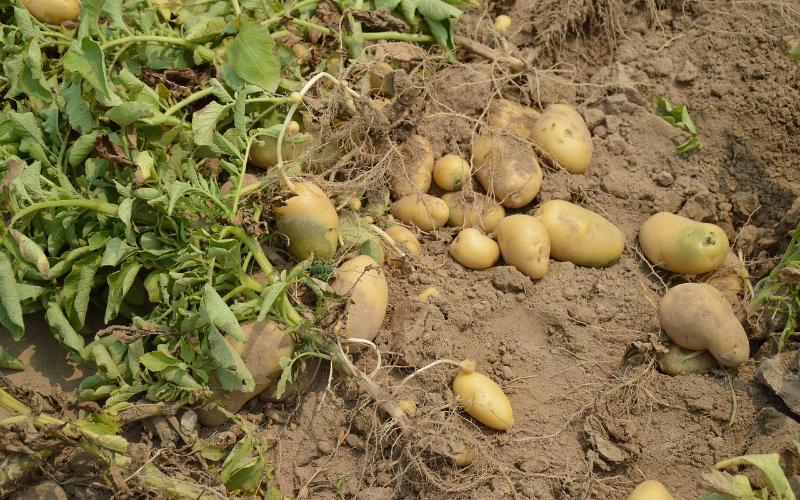
This is important: potatoes don’t get along with a wide range of vegetables, fruits, and flowers. But for beans, they are a reliable companion. If you’ve ever had to deal with Mexican bean beetles, you know how hard it can be to keep them away from the crop. Well, potatoes will serve as a repellent against these nasty bugs. The beans, in turn, are a strong deterrent for the Colorado potato beetles.
Also, potato leaves cover the soil, preventing the sun from burning the beans. So, planting these vegetables next to each other will be mutually beneficial and a win-win for you, the gardener.
7. The Brassica Family
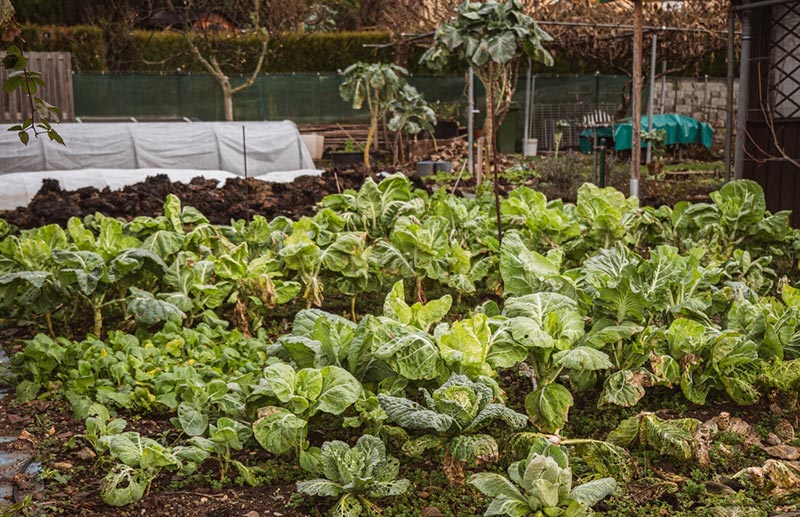
Cabbages, broccoli, cauliflower, kale, Brussels sprouts, and even turnips belong to the same genus—Brassica. And, every single vegetable from this family is a companion plant for beans. More importantly, while they are, of course, a bit different and have slightly different watering and fertilizing requirements, the benefits are largely the same.
Lettuce and kale grow better when shaded by pole beans. The same is true for spinach. Plus, it provides cover for the bean vines while they’re still in the development stage. And with cauliflower in the same plot, you can expect both plants to grow faster and produce more fruits. The nitrogen produced by beans helps cauliflower plants reach maturity in less than three months.
8. Carrots and Fennels

Most vegetables in the Umbelliferae family grow deep into the soil while bean roots prefer to stick close to the surface. This is true for carrots, fennels, and parsnips, to name a few. With these vegetables/herbs, you can expect a significant increase in yield. On top of that, you’ll be able to use the (probably limited) space in the garden more efficiently. Besides, fennels taste better when planted next to beans and produce more essential oil.
Carrots, in turn, benefit greatly from nitrogen while their leaves provide partial shade and keep the soil cool.
Flowers and Herbs
And now that we’ve made it through the vegetables, it’s time to learn which flowers and herbs go along with beans. In contrast to veggies, you won’t be able to eat any of these plants (your cat might want to feast on catnip, though). But on the bright side, they will be able to beautify the garden and attract the right kinds of bugs.
9. Catnip and Savory
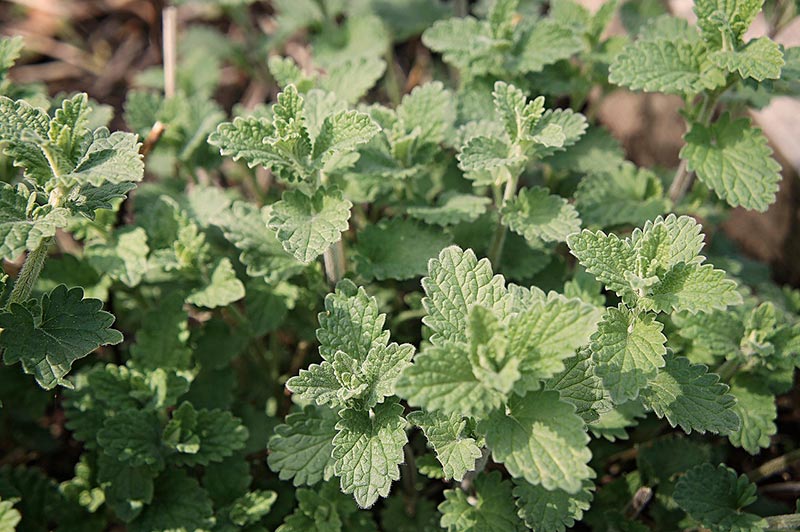
Flea beetles are quite hard to deal with, especially when you don’t want to use any aggressive chemicals against them. The good news is—catnip keeps them away from a wide range of vegetables, including, of course, beans. All you’ll have to do is plant a bunch of these herbs near your bean crops, and they’ll do the rest.
Don’t have any catnip around? Sage and mint will be just as effective. Alternatively, you can use fenugreek or Lady Phacelia. However, their bug-repelling capabilities aren’t as impressive. You might have to combine them or plant an entire garden to be able to protect the beans from flea beetles.
10. Basil and Oregano
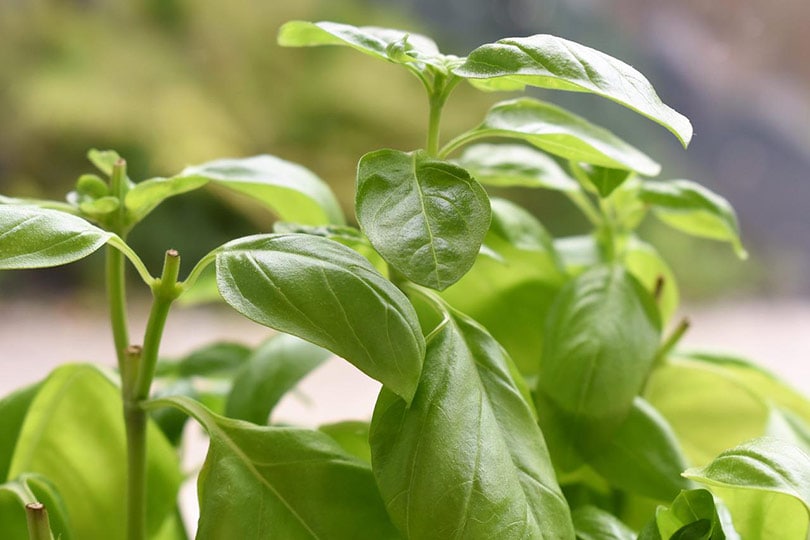
As far as the most delicious herbs go, basil is a top-5 pick. Its aromatic fragrance attracts a wide range of insects, both destructive and beneficial. That’s why basil is often used as a trap plant/crop for aphids, spider mites, and other common garden troublemakers. By drawing the pests in, basil makes them an easy target for bees, ladybugs, and other beneficial insects.
Predators and pollinators tend to gravitate towards oregano as well, and it’s almost as effective as basil. Just make sure to plant it at least a couple of feet away from your bean crops. Otherwise, the attracted pests might focus all their attention on the bean leaves instead of the basil/oregano!
11. Rosemary, Savory, and Petunias
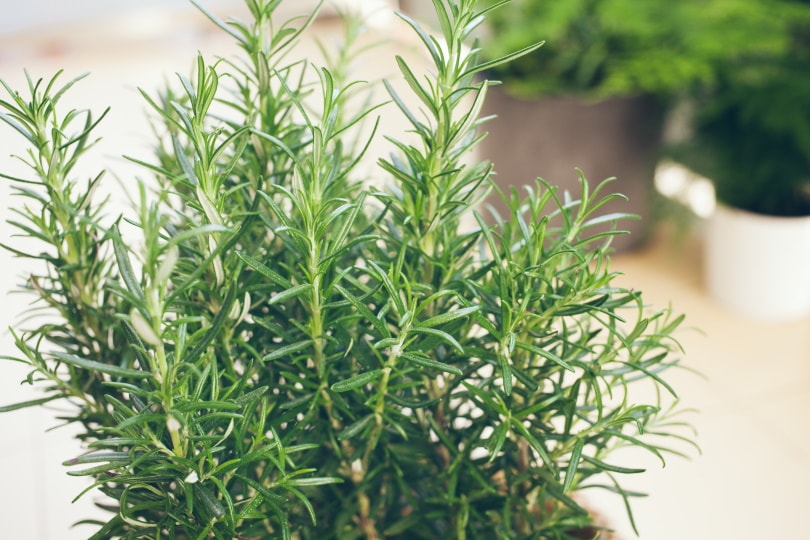
Tired of having to deal with swarms of bean beetles? Well, they won’t be a problem anymore if you plant the beans alongside rosemary. This herb is appreciated for its strong performance against bacteria, viruses, and fungi. As it turns out, it can also be used as a bug repellent. So, how close do you plant these flowers?
It’s recommended to have a gap of at least 1–2 feet to avoid shading. Petunias might not be as popular as companion plants, but they’re just as instrumental in scaring Mexican beetles away. Again, keep the right distance between these flowers and the beans, and you’ll get to enjoy steady growth! Better yet, savory can also make the beans taste better, adding an exotic flavor.
12. Nasturtium and Marigold
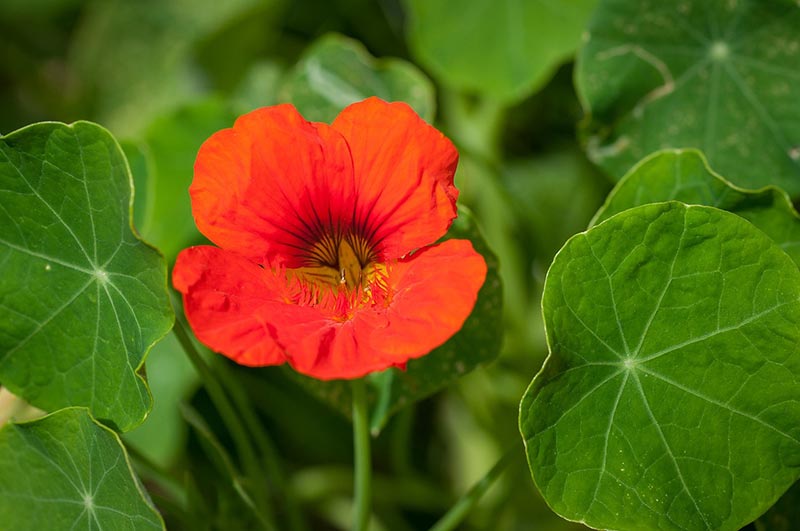
In many ways, nasturtiums and marigolds are the same as rosemary and savory. And in addition to being bug repellants, they’re incredibly beautiful. So, if you’re looking to make your garden look pretty while keeping the beans safe, these flowers will be a perfect pick. Plus, they are used as living mulch for boosting the soil’s moisture-retaining capacity. Oh, and by the way, nasturtium leaves are edible and taste delicious.

Worst Companion Plants for Beans
Not all flowers and vegetables that grow on planet Earth are beneficial for beans.
- Much like corn, sunflowers grow tall and are strong enough to support a vining species like beans. However, their seeds release a toxin that negatively affects the growth of a wide range of plants, including beans. This phenomenon is called allelopathy and is more common than you might think. In the worst-case scenario, the chemicals will kill an entire bean garden!
- These lovely flowers are easy to grow, require little maintenance, and are often used as medicine in many cultures. Plus, they’re rather “friendly”. Sadly, planting them alongside beans is a bad idea. Gladiolus is known to inhibit the growth of legumes, including peas and beans.
- Now, beets are a wonderful companion for a long list of vegetables and fruits. But, if you plan on planting them next to pole beans, that won’t end well, as they’ll slow each other down instead of boosting growth. The same can’t be said about bush beans, though: they aren’t stalled by beets.
- Onions and garlic. It’s recommended to keep beans as far away from the allium family as possible. We’re talking about onions, garlic, scallions, and leeks. The reason: they give off a substance that is deadly to beneficial bacteria in the soil (or, rather, on top of legume roots). As a result, beans fail at enriching the soil with nitrogen and grow very slowly.
- This greatly depends on the species, of course. But it’s not rare for beans to take over the soil and grow on top of peppers. So, if you want to see both plants prosper instead of one taking over the other, make sure to keep a safe distance between them.

Conclusion
If you feel like you’re doing everything right with watering, fertilizing, and shading, yet your beans are still not growing fast enough, do try companion planting. A cucumber or a radish planted next to legumes won’t magically make them two times bigger or more delicious, of course. But companion flowers and veggies can, indeed, make a huge difference and give the beans that much-needed “boost”.
In contrast, planting the wrong types of plants will ruin the bean crops by stealing nutrients and water from the soil. Or, they’ll attract the wrong types of bugs that will make short work of the legumes. So, take a moment to pick the right plants and watch your beans flourish and prosper!
- AgHires – Americans Consume Over 7lbs. of Beans a Year
- UniversityOfMinnesota – Companion planting in home gardens
- StudioCampo – Companion Plants: A Partial History
- MSU – The Science of Companion Planting in the Garden
- PestManagementHandbooks – Gladiolus-Mild Mosaic
- USDA – Symbiosis of Plants, Animals, and Microbes
- ScienceDirect – Intercropping based on cauliflower
- Trap Cropping for Small-Market Vegetable Growers
- Edu – Flea Beetle: Organic control options
- GrowVeg – Companion Planting with Beans
- ISHS – The Intercropping of Fennel With Beans
- Edu – the Apiaceae/Umbelliferae family
- MBL – Primer On Nitrogen
- Edu – Allelopathy
Featured Image Credit: Catherine_P, Shutterstock
Contents
